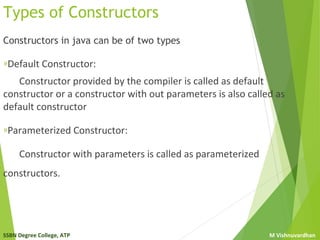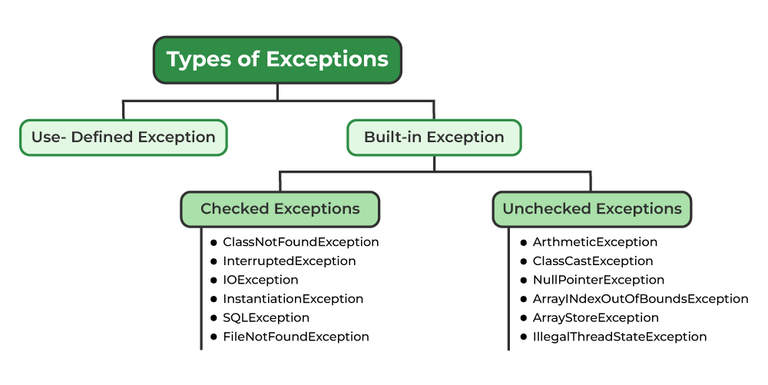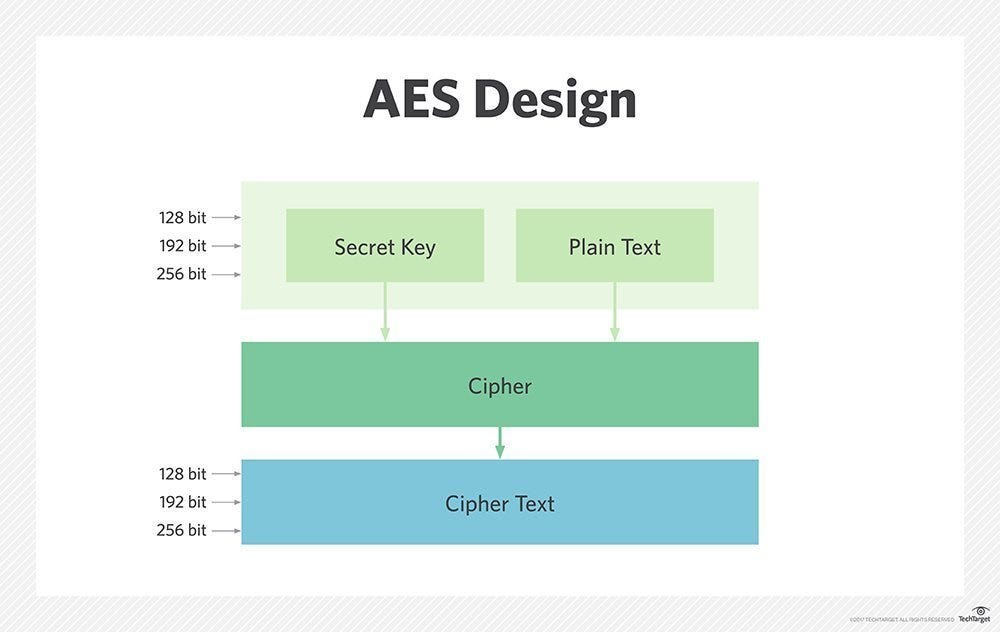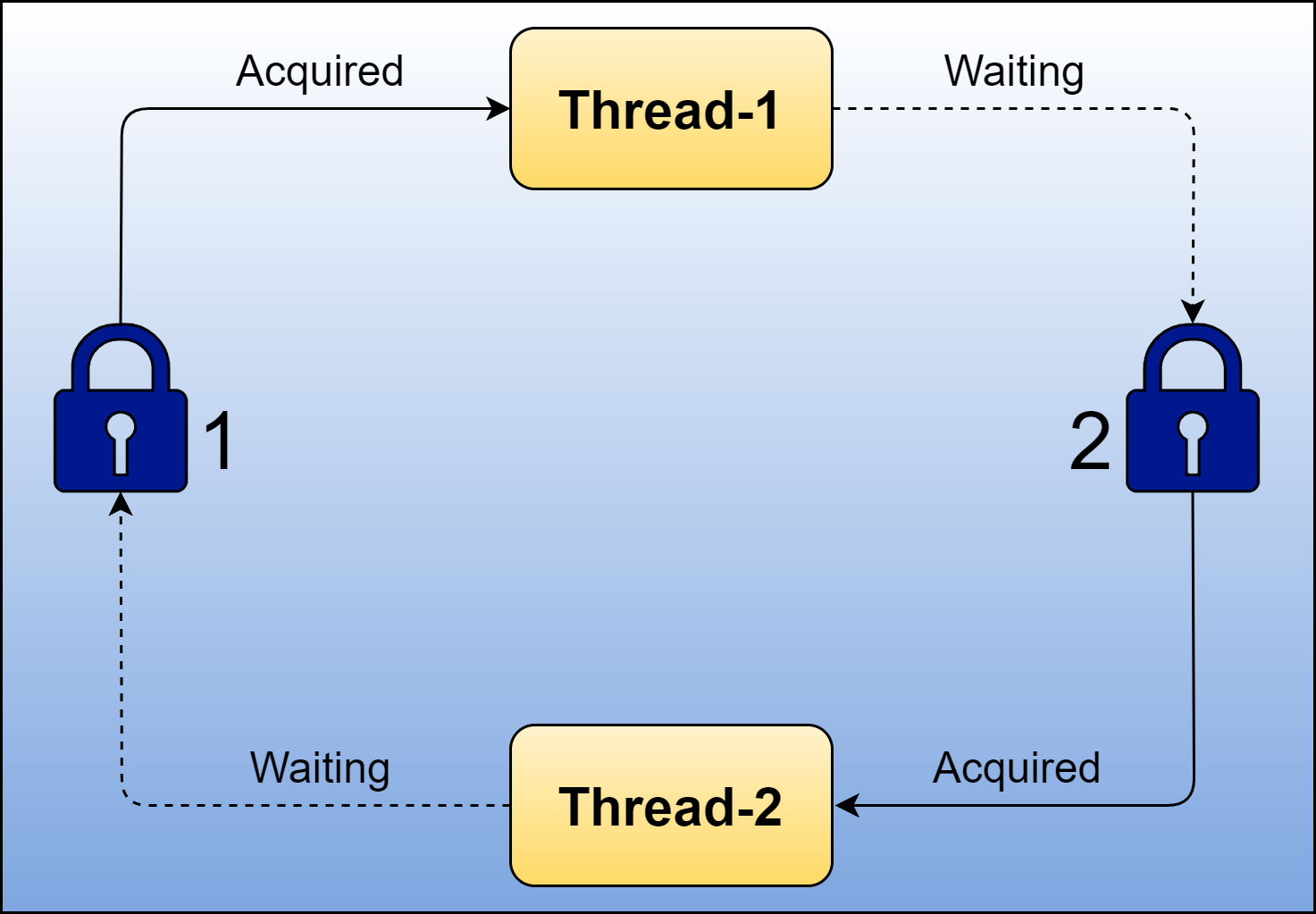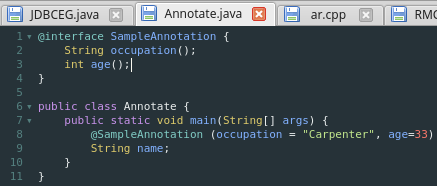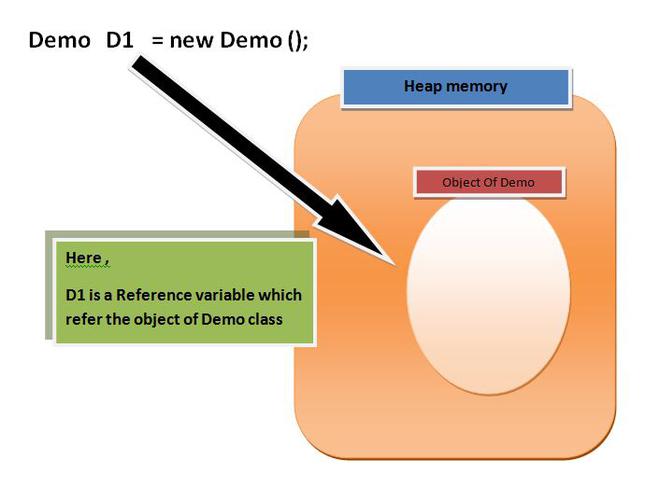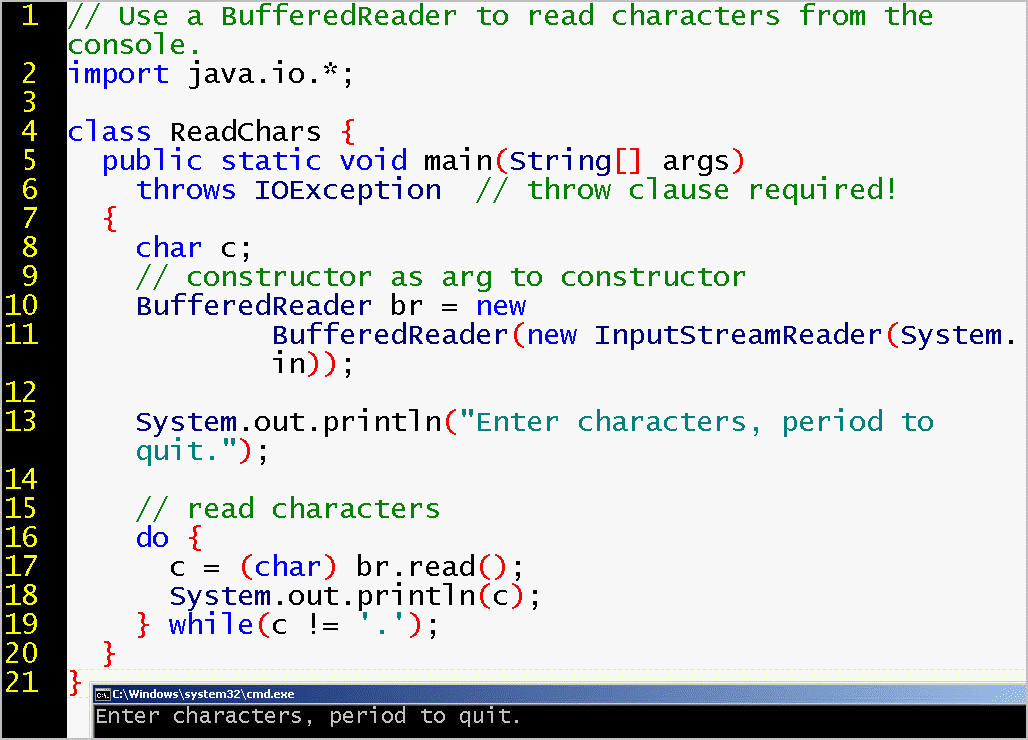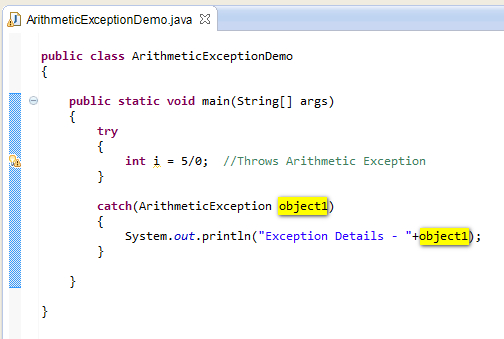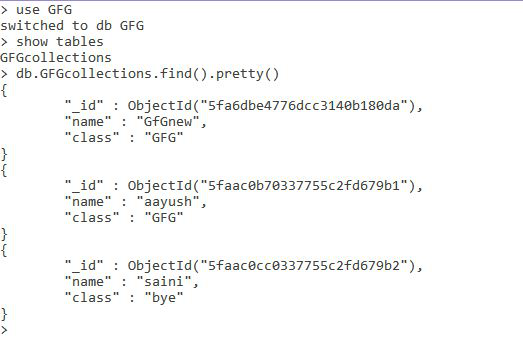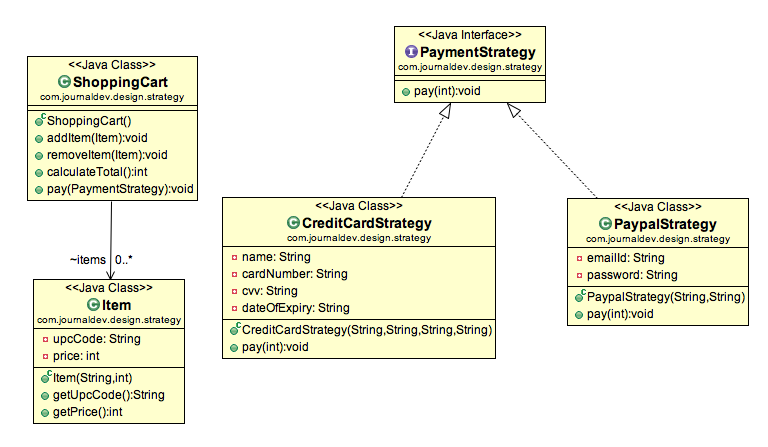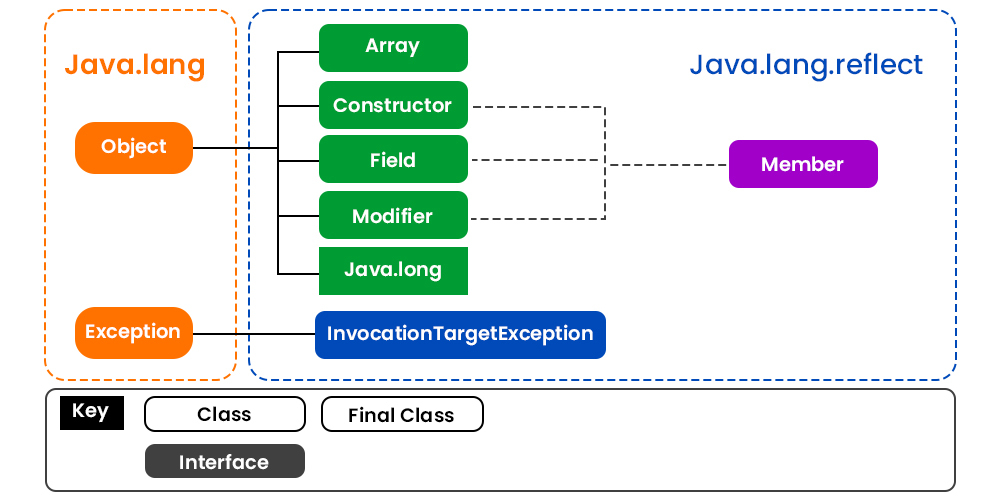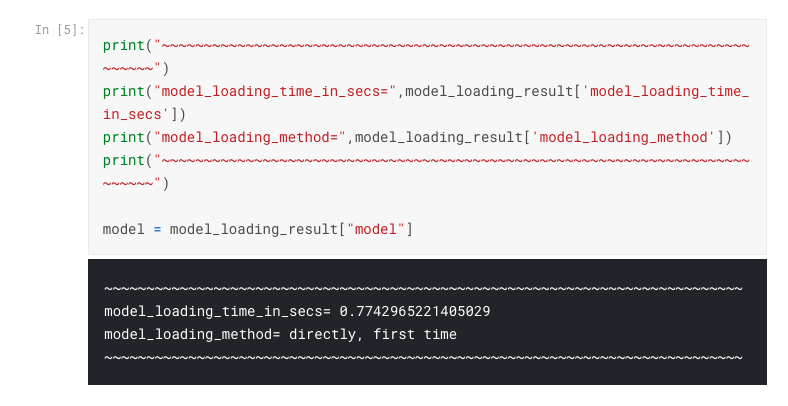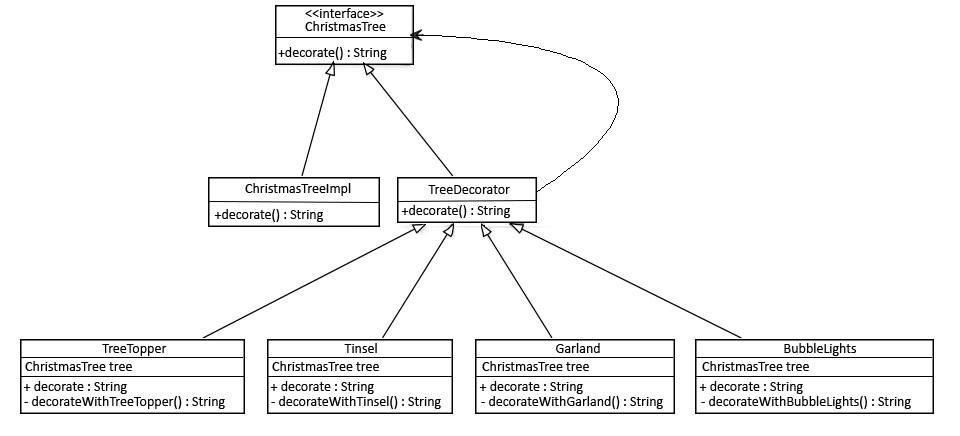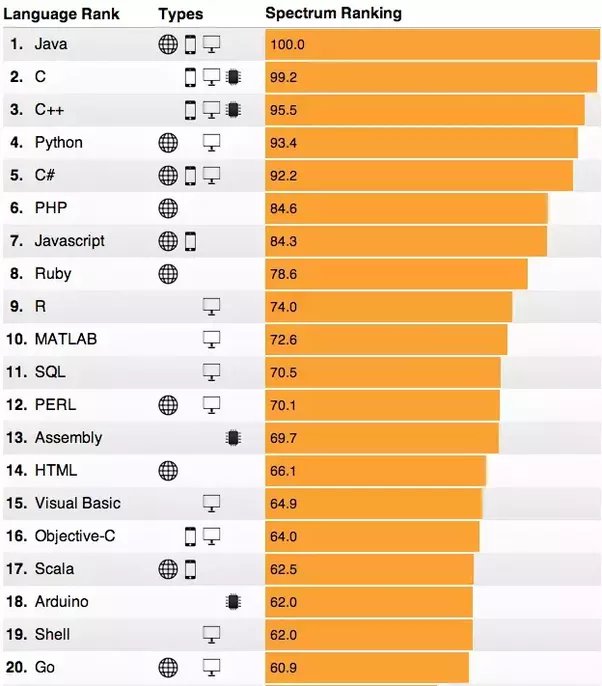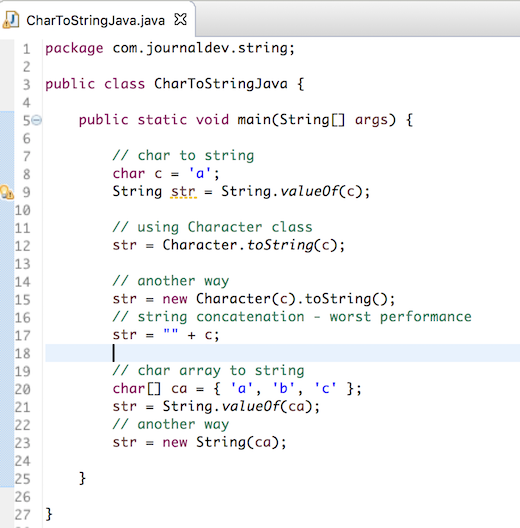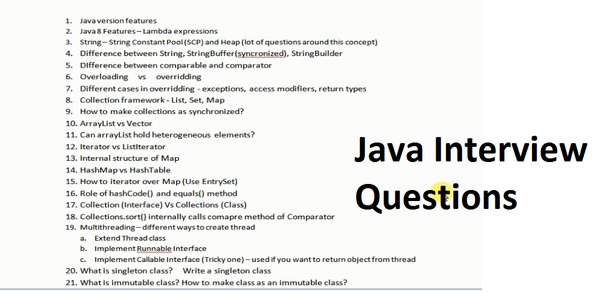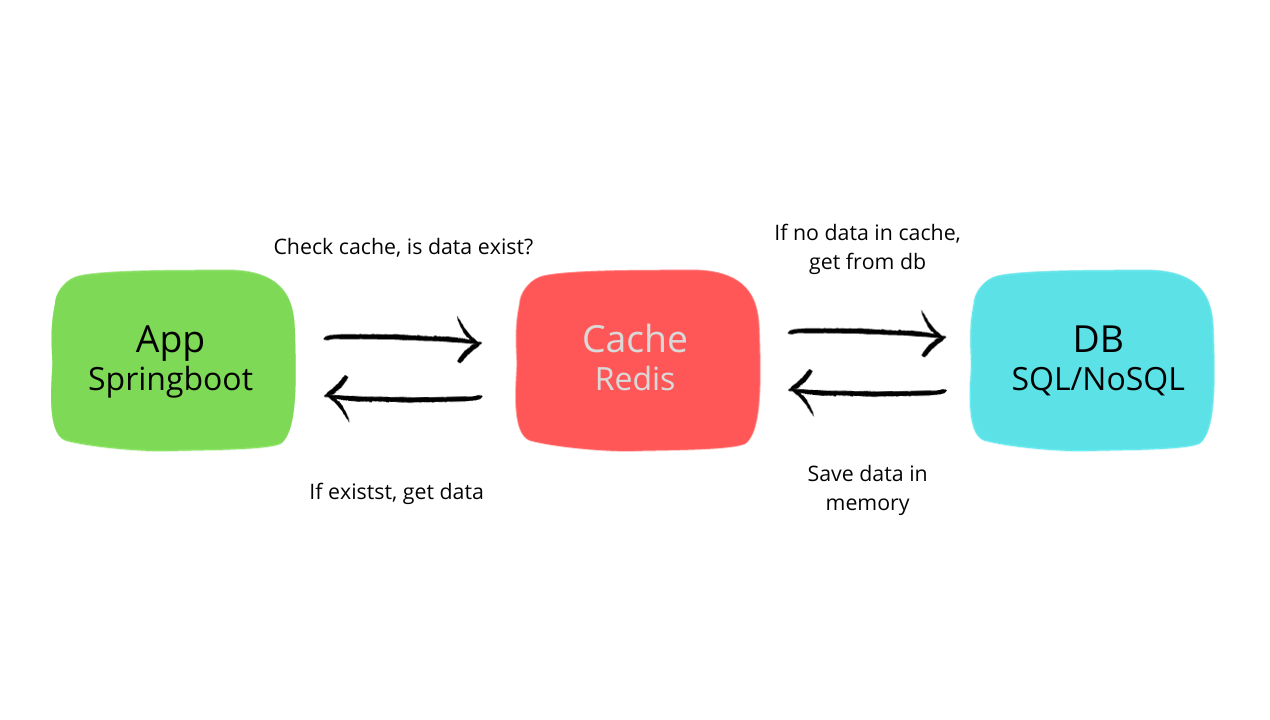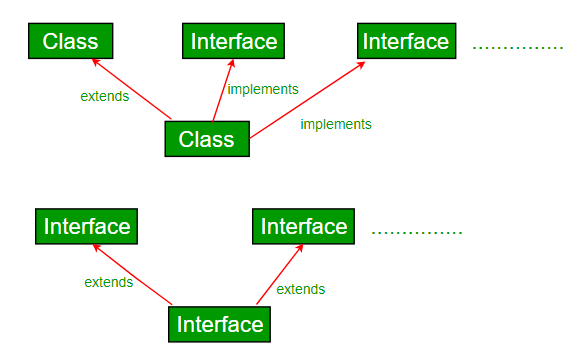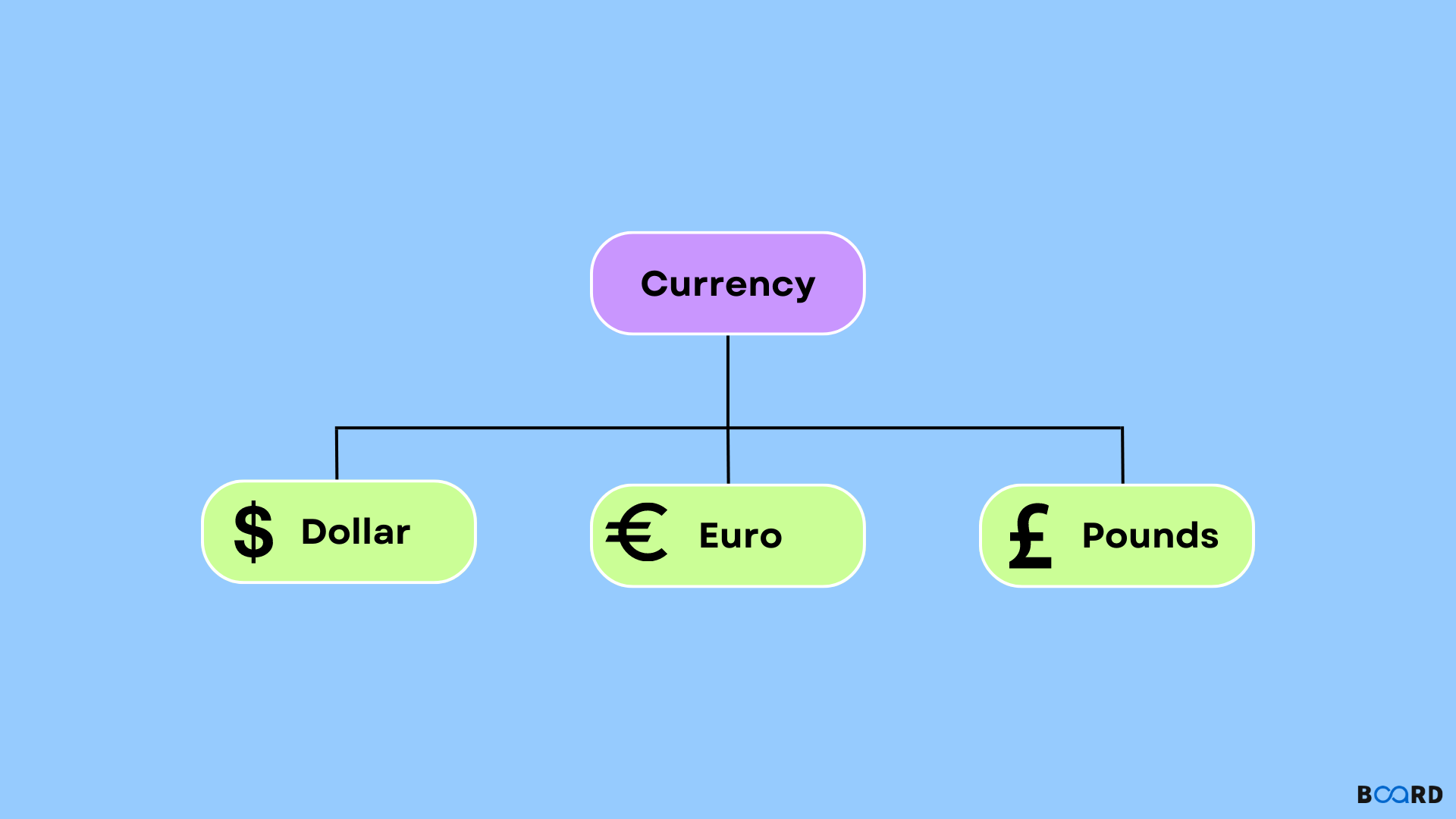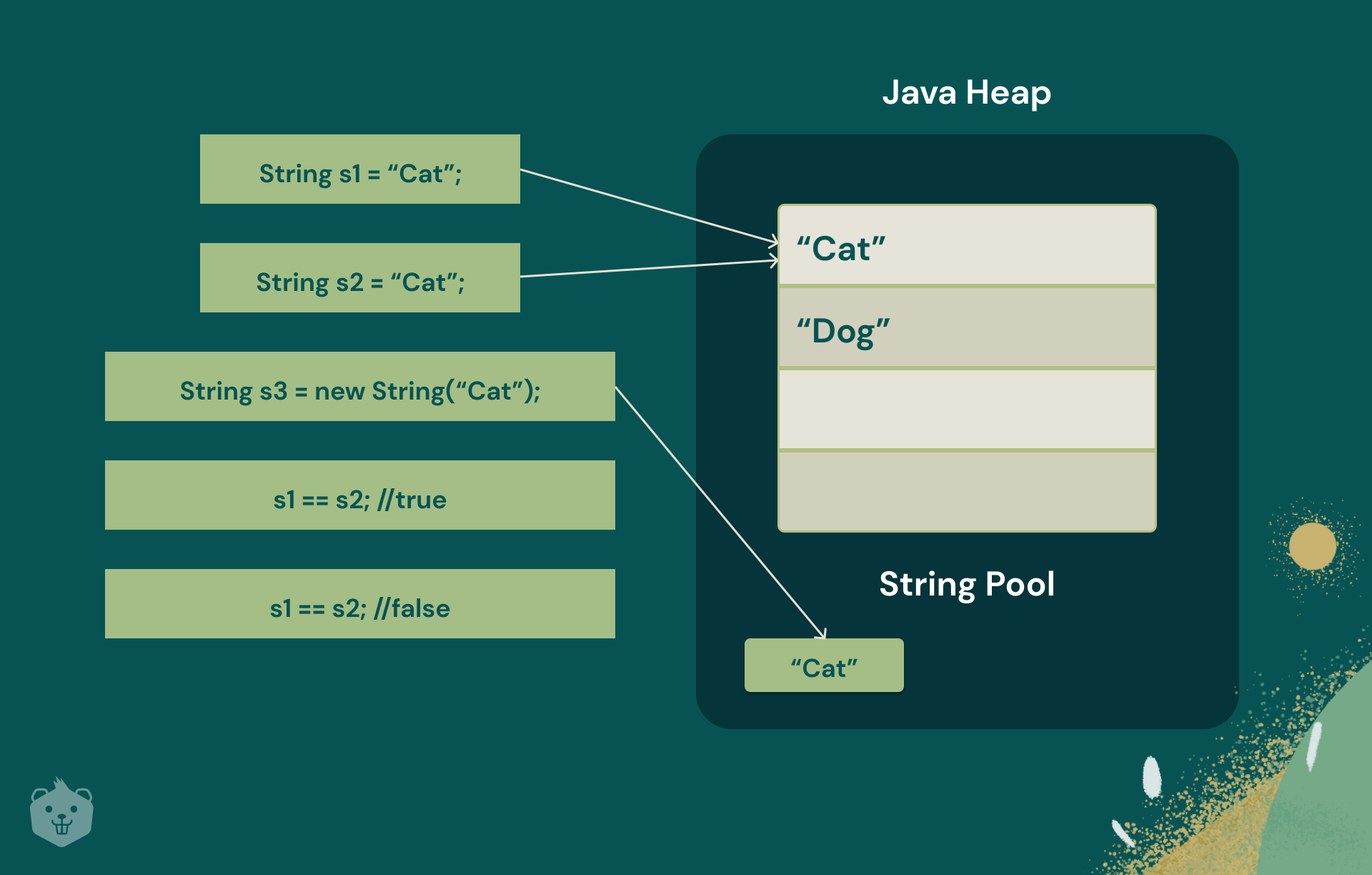java builder vs constructor
java builder vs constructor
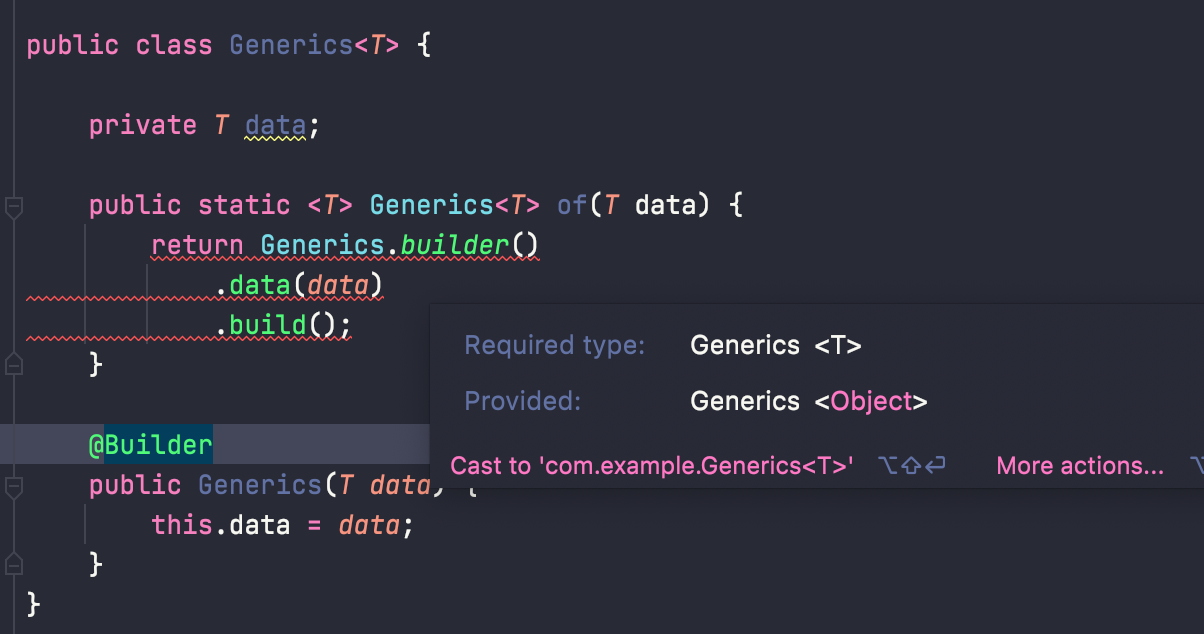
The age-old debate! In the world of object-oriented programming (OOP), both constructors and builders are used to create objects, but they serve different purposes and have unique characteristics.
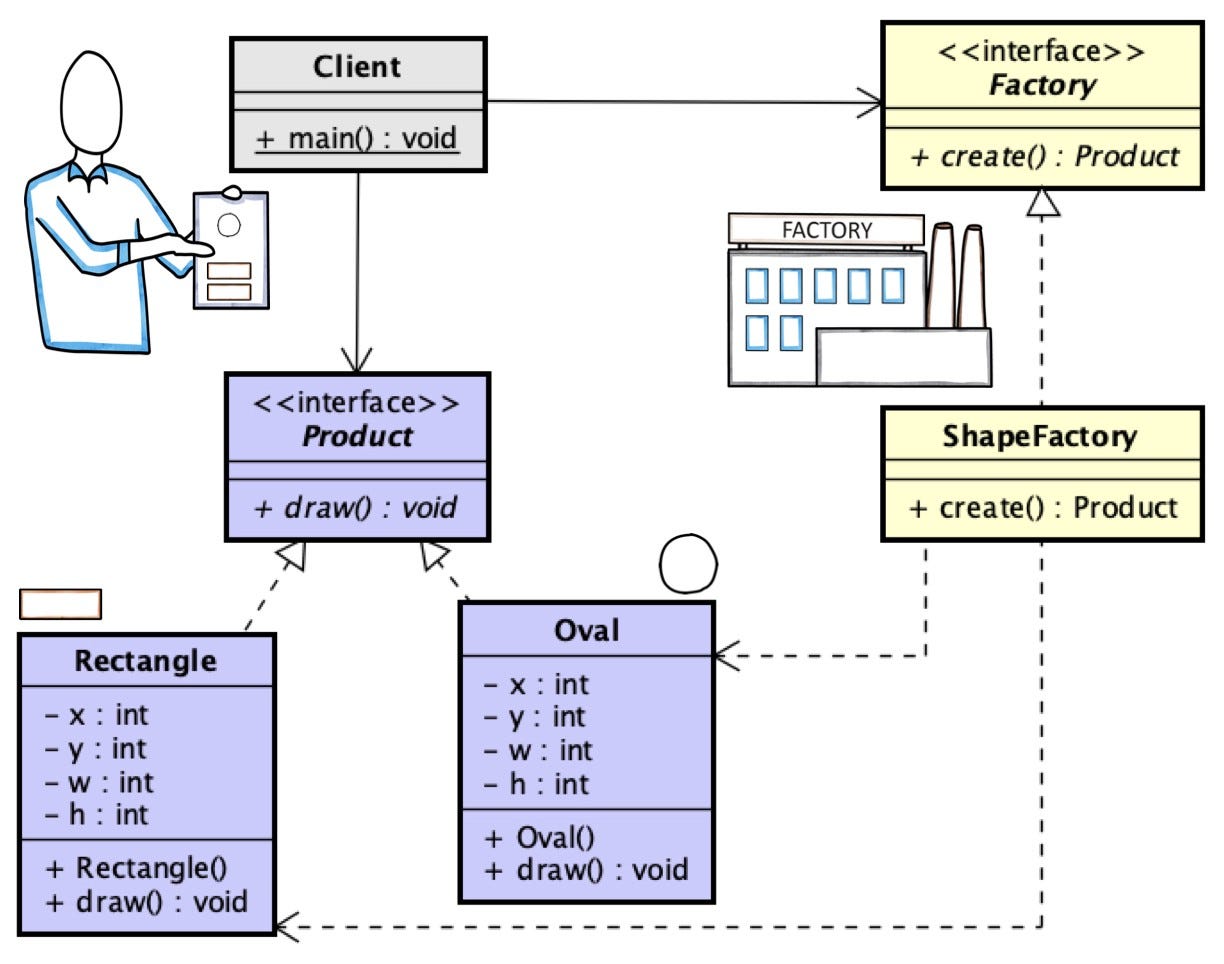
Constructors
A constructor is a special method in a class that initializes objects when they're created. It's called automatically when an instance of the class is instantiated. The primary goal of a constructor is to set the initial state of the object by assigning values to its attributes (fields or properties). Constructors don't return any value, not even void. When you create an object using the new keyword, the constructor is invoked.
Here are some key characteristics of constructors:
They're called automatically when an instance is created. They don't return any value. Their main purpose is to initialize objects by setting attribute values. They can take arguments (parameters) to customize the initialization process.Builders
A builder, on the other hand, is a design pattern that allows for flexible and fluent object creation. Builders are often used in situations where the construction of an object involves multiple steps or has many optional parameters. The idea behind a builder is to separate the creation of an object from its representation, making it easier to create objects in complex scenarios.
Here are some key characteristics of builders:
They're not part of the class definition. Builders are typically static methods (not instance methods) that return a new instance of the class. Builders allow for step-by-step construction of an object, which is particularly useful when there are many optional parameters or when the creation process involves multiple steps.Key differences
Now that we've covered the basics of constructors and builders, let's highlight their key differences:
Purpose: Constructors initialize objects by setting attribute values, while builders facilitate flexible and fluent object creation. Scope: Constructors are part of the class definition, whereas builders are separate methods (usually static) that create instances of the class. Return type: Constructors don't return any value, while builders typically return a new instance of the class.When to use each
So, when should you use constructors and when should you use builders?
Use constructors when: You need to initialize objects with default or minimal setup. The construction process is simple and doesn't require many steps. You want to ensure that objects are created correctly without allowing for manual modification of their state (e.g., using setters). Use builders when: You have a complex object creation process with multiple steps or optional parameters. You need to provide more flexibility in creating objects, such as allowing for step-by-step construction. You want to decouple the representation of an object from its creation process.In summary, constructors are great for simple object initialization, while builders excel at facilitating flexible and fluent object creation. Both have their places in the world of OOP, and understanding when to use each is crucial for effective software development.
How to set value in builder Java?
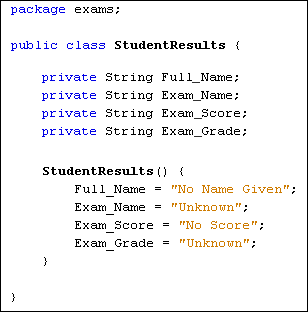
I'd be happy to help!
In Java, setting values in a builder is a way to create objects step-by-step, allowing you to provide more information about the object as needed. This approach helps maintain encapsulation and improves code readability.
Here's an example of how to use a builder in Java:
Let's say we have a simple Person class with attributes like name, age, and occupation. We can create a PersonBuilder that allows us to set these values step-by-step:
public class Person {
private String name;
private int age;
private String occupation;
public Person(String name, int age, String occupation) {
this.name = name;
this.age = age;
this.occupation = occupation;
}
// getters and setters for name, age, and occupation
}
public class PersonBuilder {
private String name;
private int age;
private String occupation;
public PersonBuilder setName(String name) {
this.name = name;
return this;
}
public PersonBuilder setAge(int age) {
this.age = age;
return this;
}
public PersonBuilder setOccupation(String occupation) {
this.occupation = occupation;
return this;
}
public Person build() {
return new Person(name, age, occupation);
}
}
Here's how you can use the PersonBuilder to create a Person object:
public class Main {
public static void main(String[] args) {
PersonBuilder builder = new PersonBuilder();
Person person = builder
.setName("John")
.setAge(30)
.setOccupation("Software Engineer")
.build();
System.out.println(person.getName()); // prints "John"
System.out.println(person.getAge()); // prints 30
System.out.println(person.getOccupation()); // prints "Software Engineer"
}
}
By using the PersonBuilder, we can set each attribute one by one, allowing us to provide more information about the Person object. The build() method creates the final Person object with all the attributes set.
Benefits of using a builder include:
Improved readability: Each step in the building process is clear and easy to understand. Better encapsulation: ThePersonBuilder helps maintain encapsulation by providing a controlled interface for setting values. Easier modification: If we need to add or modify attributes, we can do so without affecting the rest of the code.
In summary, using a builder in Java provides a flexible and readable way to create objects with various attributes. It's an excellent approach for creating complex objects that require multiple pieces of information.
